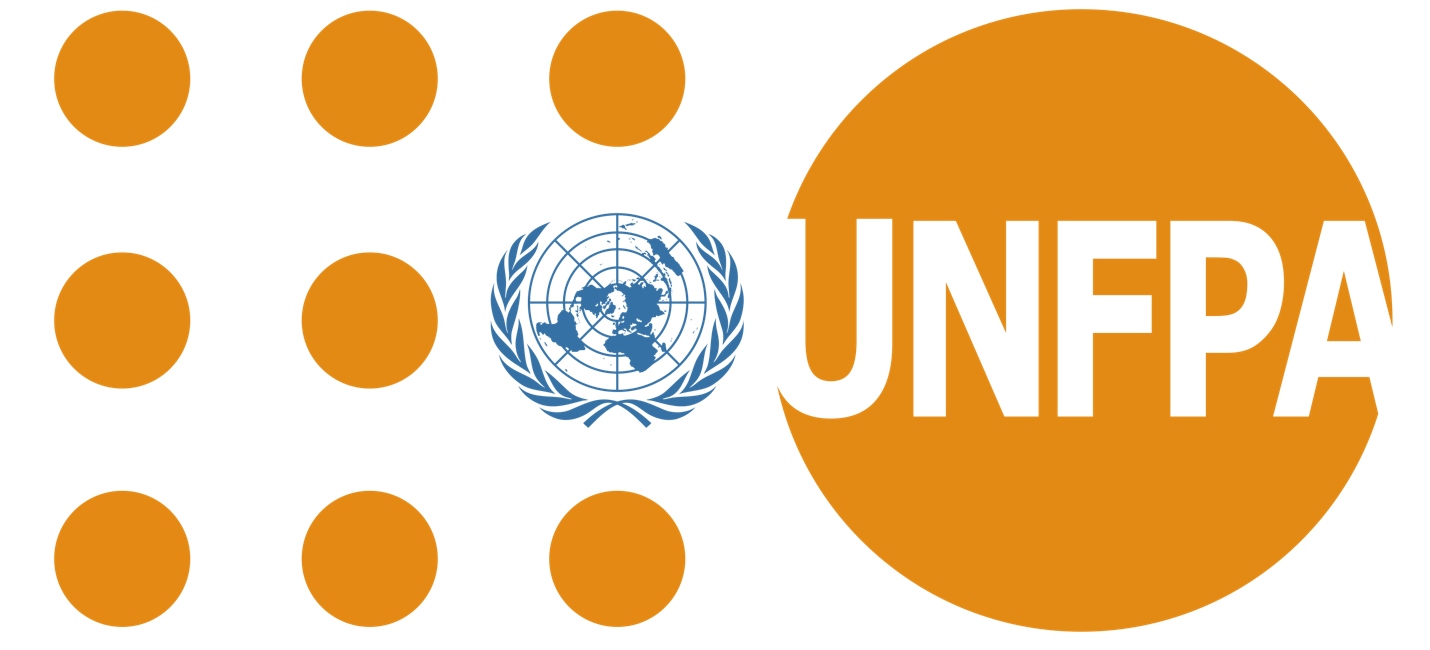Free Courses Sale ends Soon, Get It Now


Free Courses Sale ends Soon, Get It Now



Disclaimer: Copyright infringement not intended.
Context
Highlights
Young cohort
Women empowerment
Greying population
Global scenario
About UNFPA
UNFPA Supports
Origin
Three ambitious targets
Ending unmet need for family planning
Ending preventable maternal death
Ending gender-based violence and harmful practices
Geographical outreach
|
PRACTICE QUESTION Q) India’s youth cohort could be a source of innovation, new thinking and lasting solutions. Examine the validity of this statement. (150 words) |
© 2024 iasgyan. All right reserved